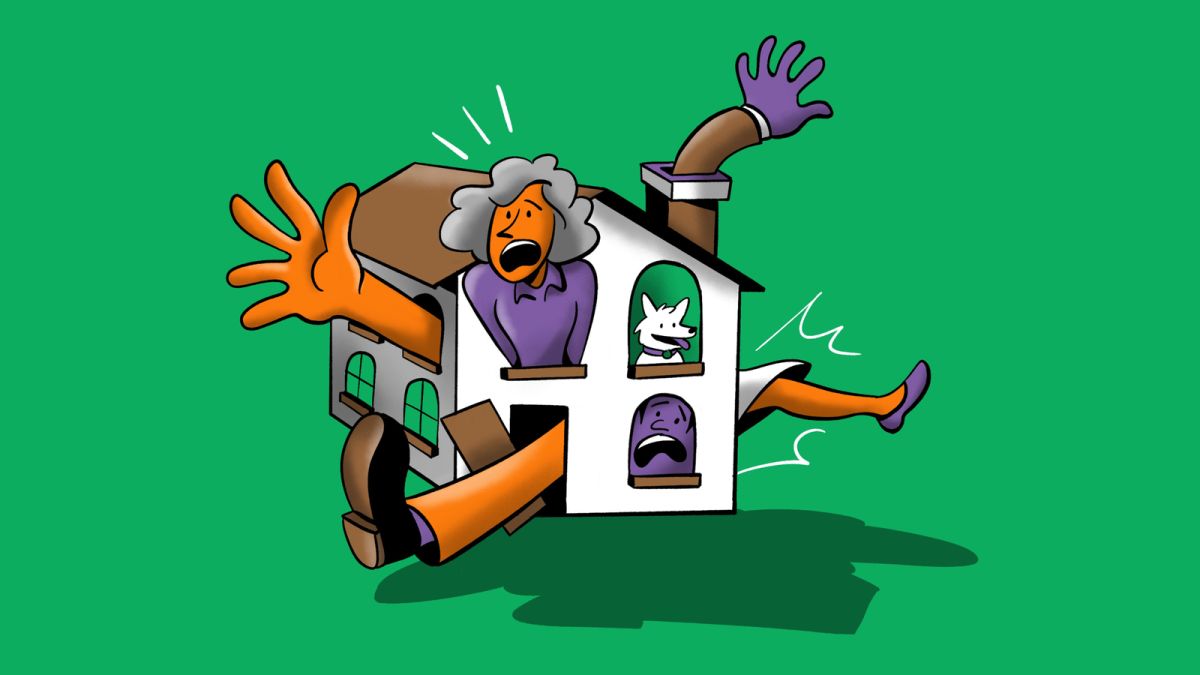2020 is turning out to be one of those defining moment years ever.
The most recent couple of months have been a rollercoaster of feelings for everybody from dread, forlornness, and fatigue under constrainment to energy and worry over the facilitating of lockdown quantifies and back up again with sentiments of outrage and dissatisfaction over the passing of George Floyd and an excessive number of others.
Since the beginning snapshots of emergency have regularly prompted snapshots of significant change. As populaces are compelled to respond or adjust to new conditions, high feelings blend to shape new mentalities and practices.
During WWII the experience of apportioning food, cover together during bomb attacks, and blend in with various social classes reinforced a feeling of network soul and collaboration in the UK. This move in open feeling made ready for the formation of the government assistance state.
In the US of the 1960s, far reaching social imbalance, resistance to the war in Vietnam, and sentiments of political distance prompted the counter war, Civil Rights, and Women’s Liberation developments that reshaped open mentalities.
The Public Emotions Framework
With the beginning of the worldwide pandemic, Pulsar, a group of people knowledge organization, built up a Public Emotions Framework to follow vacillations in open feeling over the UK and US. This information joined with rising practices and patterns they’re planning, permits Pulsar to furnish customers with a more clear image of how the ‘New Normal’ will shape shopper needs and practices.
How can it work? The Pulsar group began by choosing a wide scope of feelings alongside their relating contrary energies, including:
Bliss – Sadness
Acknowledgment – Fatigue
Outrage – Fear
Alert – Admiration
They at that point set up their Trends instrument to follow discussions around related watchwords on Twitter. This permitted the Pulsar group to perceive how these various feelings have warmed up and cooled off from January 2020 to the present.
What the information lets us know
All information recounts to a story. On the off chance that you’ve been living in either the US or the UK in the course of recent months, your story presumably resembles a telenovela with warm up pants.
How about we investigate what we can realize by looking at these two arrangements of information:
In the two nations, you can see a sharp increment in dread and alert on March eleventh after the WHO authoritatively announced COVID-19 a pandemic.
During Re:Brand, TNW’s first Couch Conference, Pulsar’s CEO Francesco D’Orazio strangely noticed that this response began spiking even before the two governments gave lockdown measures, showing that society was prepared and needing new arrangements yet government reactions falled behind [watch the full video below].
In the two cases, you likewise observe that while dread had gone down after the underlying spike toward the beginning of March it went up again when the two governments reported the expectation to start facilitating lockdown measures, showing the misgiving and vulnerability around a potential resurgence.
Weakness/weariness was likewise a typical feeling that happened at the same time as the lockdown started and individuals began telecommuting.
“It’s interesting that numerous feelings in the UK and US reflected one another – which focuses to the globalization of media inclusion, and the normal human responses to these advancements that happen paying little mind to where somebody lives and their particular conditions,” said Sameer Shah, Pulsar’s Associate Research Director.
#world #data science
